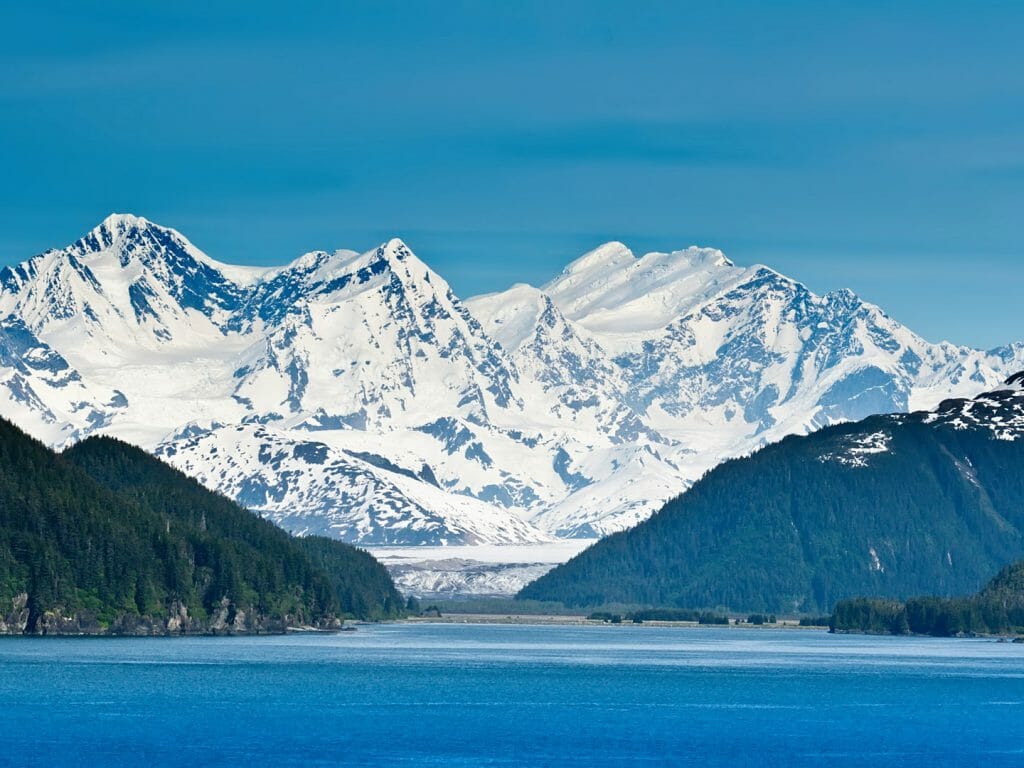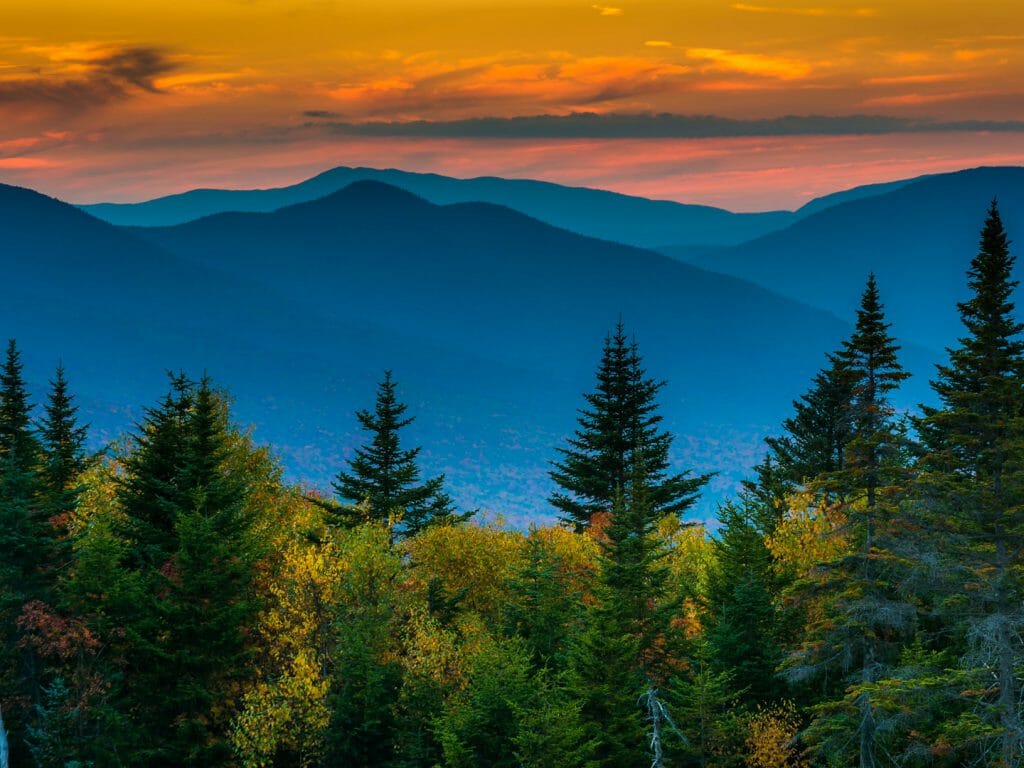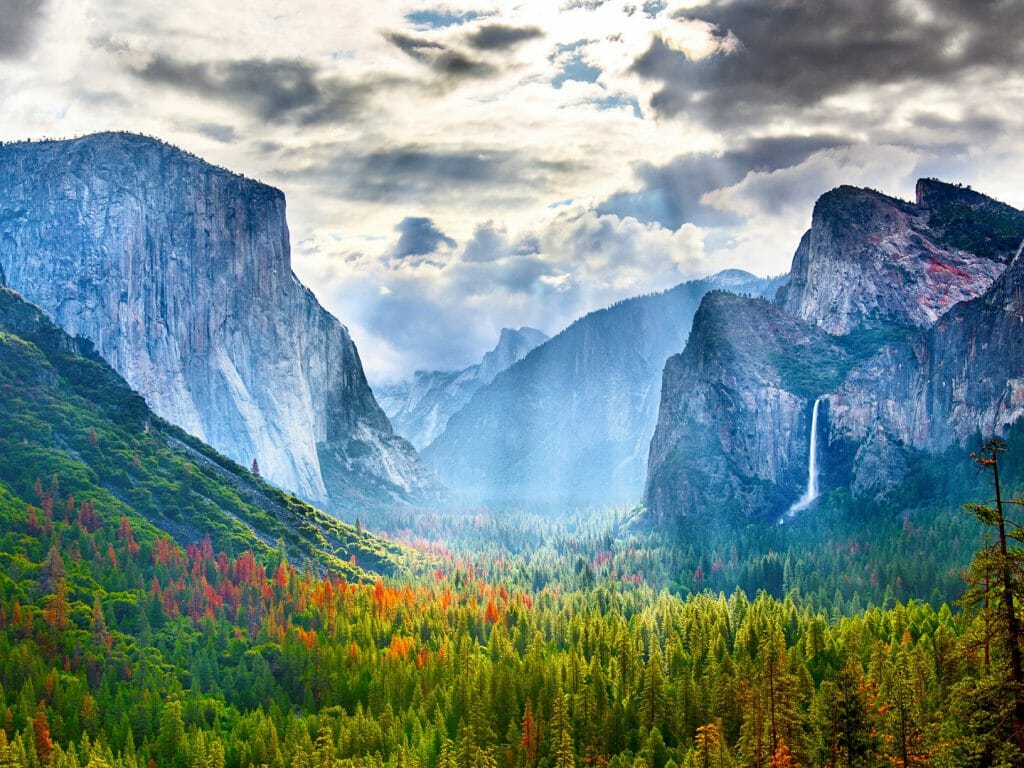As I stood high on the red cliffs overlooking the Colorado River, I was struck by the magnificent scale and beauty of the surrounding landscape. All around were staggering views of towering rock formations, dramatic buttes and mesas rising up from the escarpment. This, I would come to realise, was just an introduction to what would be an eye-opening adventure through the National Parks of Utah and Arizona.
This unique and exceptional landscape is part of the vast South-West region of the US commonly referred to as the ‘Grand Circle’ that not only includes Arizona and Utah but also portions of Colorado, Nevada and New Mexico. This ‘circle’ contains America’s largest concentration of national parks and monuments, woven together by extraordinary scenic byways and includes some of the most visited parks in America.
My exploration of this area focused on a selection of National Parks in Utah and Arizona that included the famous Grand Canyon, Zion, Bryce and Arches National Park along with National Monuments such as Grand Staircase-Escalante and the sacred Navajo lands.
What I found was a diverse landscape of magnificent rock formations all carved through a magnificent history of environmental processes. Whilst the Grand Canyon was cut by the powerful Colorado River, Bryce National park has been created by an intricate process of frost weathering leaving the distinctive geological structures referred to as ‘hoodoos’.
I found all the National Parks to have a unique personality and history that made each an individual in their own right. Despite my initial scepticism, the parks were not overrun by coach loads of tourists and offered ample opportunity to escape and explore in solace. Of course, the main viewing areas are bustling with tourists striving for their personal snapshot but this is not the case throughout. Instead, the impressive operation of these parks has left a pristine landscape for travellers to discover in solace.
My personal recommendation for this area is to hire a guide to explore the more remote areas of the National Parks. Their knowledge of park history, landscape and culture is vast and not something to be found in a book. There is also a diverse range of activities throughout the area so that the more active travellers can not only hike but enjoy the other exciting opportunities such as canyoneering, rafting and kayaking that are off the beaten track.
An aspect to note, that is often overlooked when travelling to this area, is the rich history of the Native Americans. The Navajo Nation is the most influential Indian tribe in North America with a strong presence in Utah, Arizona and New Mexico. Travellers can get an insight into their history by visiting a reservation, with tribes welcoming individuals to learn more of the cultural and spiritual practices and how they have shaped the magnificent landscape. It is a very special and unique aspect to a trip and an incredible learning experience to beautifully complement the iconic surroundings.








